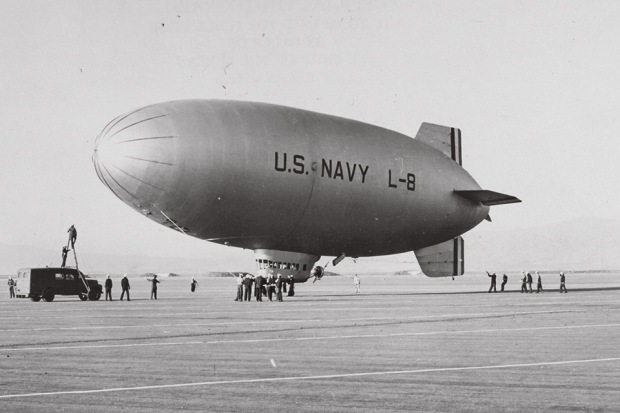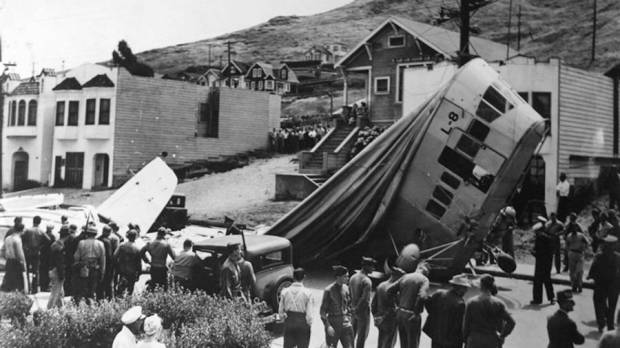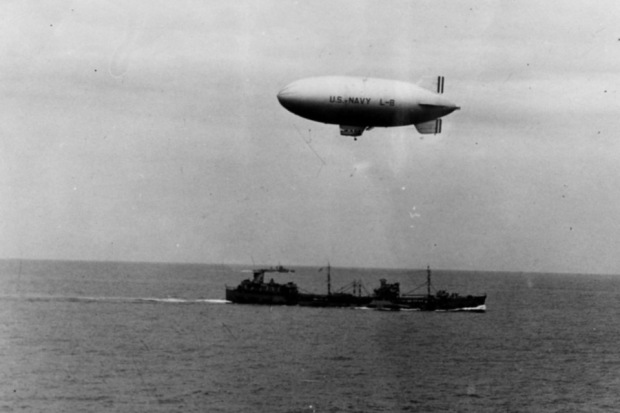
Ever since I was a young lad I was interested in WWII,mainly because I had a personal connection to it. But for some reason I was never really that interested in WWI, probably because the Netherlands had managed to stay out of it.
However the last few years I have become more interested in the so called ‘Great war’ the war which was supposed to end all wars, but as we know now it didn’t and in fact one of the consequences of WWI was WWII.
I only recently found out that Britain had been subjected to a Blitz like warfare during World War i, it had been bombed a great number of times not only by airplanes but more so by Zeppelins.
On the night of 19–20 January 1915, Britain was bombed for the first time in its history. The target was Greater Yarmouth.The Zeppelin designated L 3 was the first airship raid to wreak havoc in England on that fateful night.

It was operated by a crew of fifteen. The dirigible was 518 feet, 2 inches (158 meters) long with a diameter of 48 feet, 6 inches (14.8 meters).
The first 2 ever civilian casualties caused by an air raid were Martha Taylor and Samuel Smith.

In total about 51 bombing raids were made by airships on Britain during the war. These killed 557 and injured another 1,358 people. More than 5,000 bombs were dropped on towns across Britain, causing £1.5 million in damage. 84 airships took part, of which 30 were either shot down or lost in accidents. Airplanes carried out 27 raids.
It was very difficult to hunt for Zeppelins despite their size, additionally it was hard to bring them down, The metal frame protected them from bullets fired from airplanes. A new sort of bullet had to be designed. The answer came via incendiary ammunition .Incendiary bullets called “Buckingham” ammunition were supplied to early British night fighters for use against these Zeppelins . The flammable hydrogen gas of the zeppelins made incendiary bullets much more deadly than standard ones which would pass through the outer skin without igniting the gas.

On the evening of 5 August 1918 Sir Egbert “Bertie” Cadbury made hunt for the L 70. which took off from Friedrichshafen with four other airships.
The commander of the L 70 was Peter Strasser the chief commander of German Imperial Navy Zeppelins and one of the architects of the Zeppelin air raids.

Cadbury had been attending a charity concert at which his wife was performing when an RAF orderly found him. Cadbury drove back to the airfield, where he was informed that three Zeppelins had been reported about 50 miles to the north-east, and knowing there was only one aircraft available, an Airco DH.4.

Cadbury gathered his flying kit and ran for the airplane .With Captain Robert Leckie in the rear gunner’s seat, Cadbury climbed up to over 16,000 feet by jettisoning his reserve fuel and some small bombs, where he saw three Zeppelins ahead and above him. He later recounted:[
“At 22.20 we had climbed to 16,400 feet and I attacked the Zeppelin ahead slightly to the port so as to clear any obstruction that might be suspended from the airship. It was a most fascinating sight – awe inspiring – to see this enormous Zeppelin blotting the whole sky above one. The tracers ignited the escaping gas, the flames spreading rapidly and turning the airship into a fireball in less than a minute. The L.70 dived headlong into the clouds. It was one of the most terrifying sights I have ever seen to see this huge machine hurtling down with all those crew on board.”
The other airships dropped their bombs blind, relying on radio bearings for navigational information but none fell on land. An attempt was made to salvage the wreckage of L 70 and most of the structure was brought ashore, providing the British a great deal of technical information. The bodies of the crew members were buried at sea.
This L 70 raid was to be last raid on Britain by Zeppelins.
After the war Cadbury resumed his job at the family business, joining J. S. Fry & Sons, with which Cadbury’s had merged in 1918, soon he became the managing director. Along with Cecil Roderick Fry, Cadbury was pivotal in relocating Fry’s manufacturing operations from Bristol to Somerdale Garden City. At its height, the Somerdale workforce numbered over 5,000.

On 29 August 1939, Cadbury was appointed honorary air commodore of No. 928 (County of Gloucester) Squadron, a Balloon Barrage Squadron of the Auxiliary Air Force.
Next time you take a bite in any of the Cadbury bars just think about this bit of history.


Donation
I am passionate about my site and I know you all like reading my blogs. I have been doing this at no cost and will continue to do so. All I ask is for a voluntary donation of $2, however if you are not in a position to do so I can fully understand, maybe next time then. Thank you. To donate click on the credit/debit card icon of the card you will use. If you want to donate more then $2 just add a higher number in the box left from the PayPal link. Many thanks.
$2.00















You must be logged in to post a comment.